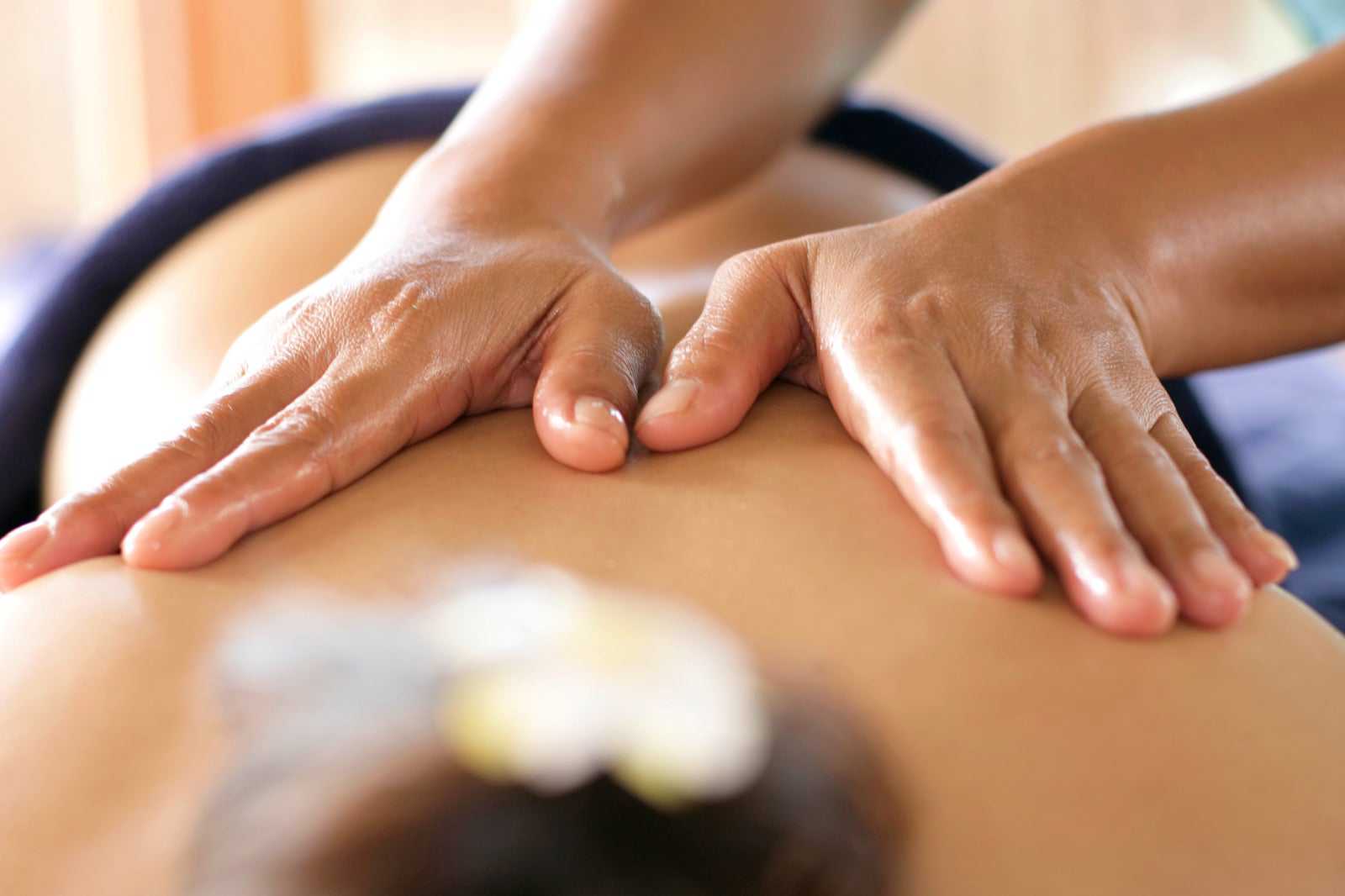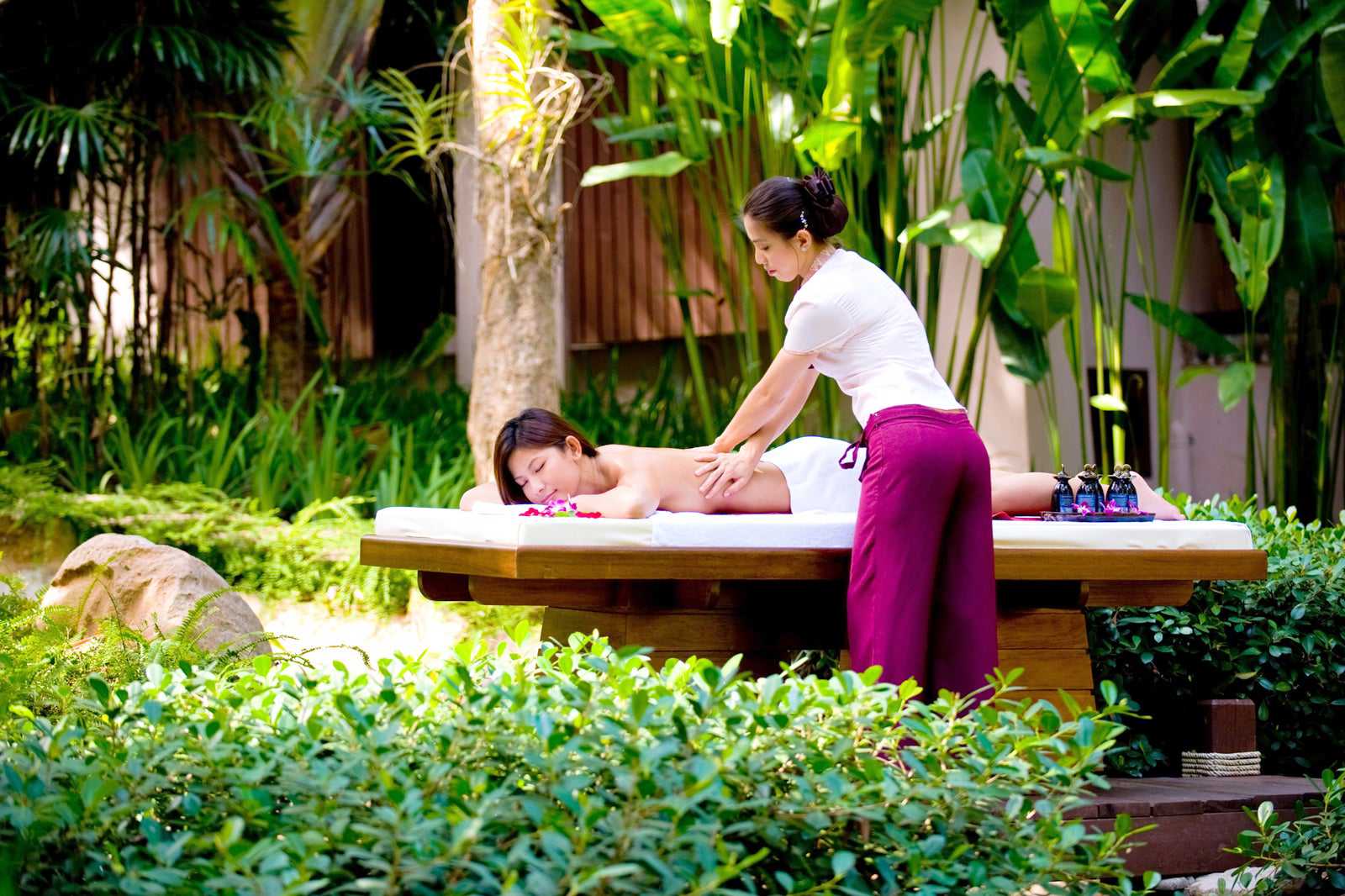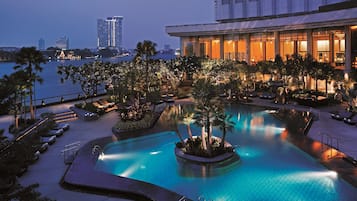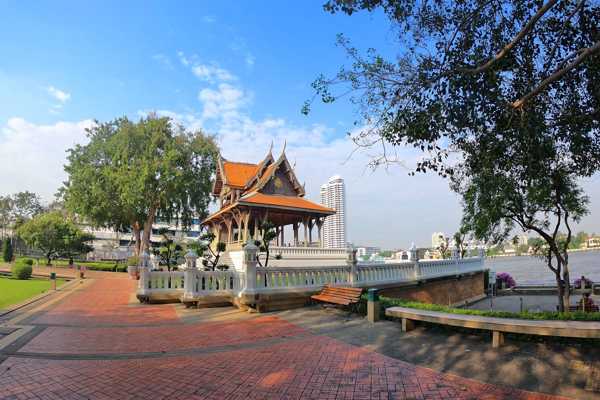Getting a traditional Thai massage is a must-do for travellers to Bangkok, whether at standalone parlours or 5-star hotel spas. This form of pampering has been around for over 2,000 years, drawing significant influence from India's ancient Ayurvedic traditions of medical practice. Ayurvedic medicine, also a holistic form of healing, plays an integral role in the practice of both Hinduism and Theravada Buddhism.

Health benefits of Thai massage
Thai massages focus on circulation and pressure points, promoting internal health and muscular flexibility. Treatment often begins with the feet and gradually moves upwards towards the head. You’re guided into 4 positions (face-down, face-up, side, and sitting position), enabling the masseur to work on all parts of the body.
Rhythmic compressions, rolling of limbs, and gentle rocking patterns are typical Thai massage methods, which are believed to help relax and realign energies in the body. Varying amounts of pressure are applied to energy lines (sen) along the body following the Ayurvedic principles of balancing one's energy.
The masseur will use his/her elbows, feet, knees, and forearms execute certain strokes and manipulations. Sometimes, you’ll find yourself lying on your masseur’s lap, usually when it’s time to augment a deep stretch.

Good to know about Thai massage
For most holistic treatments, maintaining balance or equilibrium is considered crucial to good health. Sen is believed to be a passage for energy and corresponds with blood vessels in the body. Traditional Thai healing practices suggest that when sen become blocked, energy becomes stagnant which leads to a range of ailments. Thai massage acts as an external stimulant to released blocked energy and preserves one’s health.


















